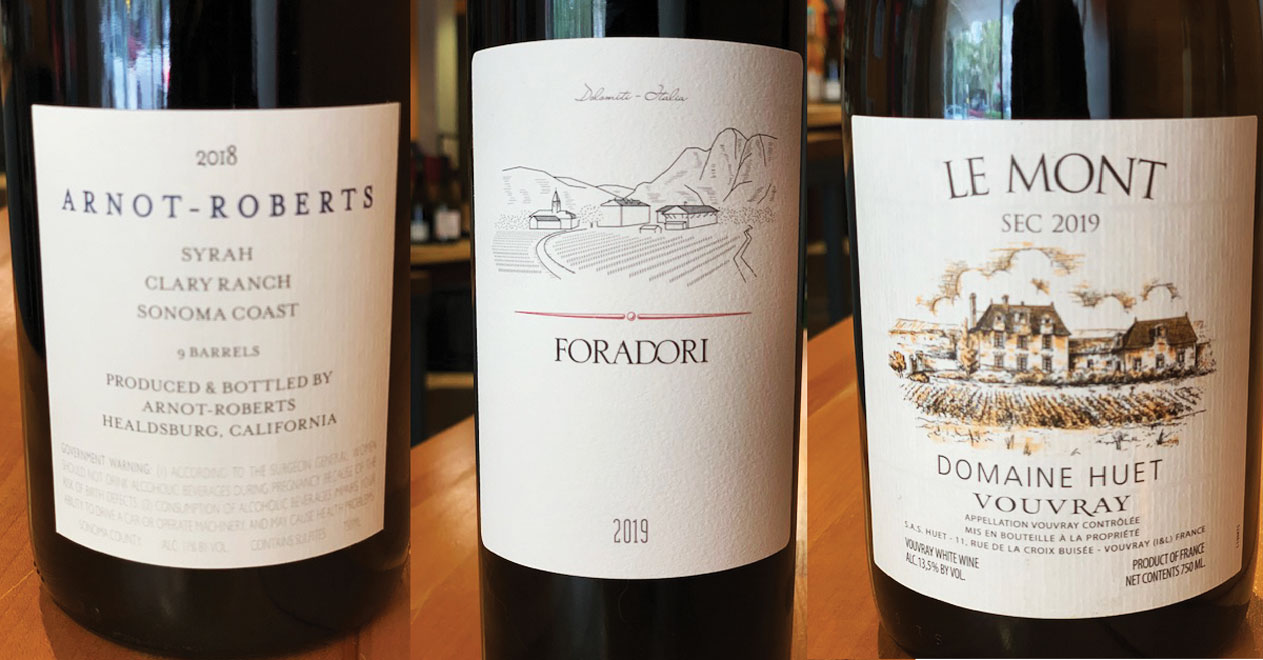Let’s Talk About Terroir
Terroir comes from the Latin terra, meaning earth, land, soil. This French term refers to the exclusive characteristics of an area and how they affect the flavor of what grows there, particularly wine. The idea behind terroir is that wines from a particular region have distinctive characteristics that can’t be reproduced elsewhere, even if the winemaker is using the same techniques.
The concept of terroir grew in popularity when an epidemic of phylloxera, an insect pest, destroyed most of the vineyards for wine grapes in Europe. One successful solution was grafting cuttings onto resistant American rootstock. Because of terroir’s environmental factors, the subtle variations in flavor were able to preserve French winemakers’ local pride in their wine growing.
Here are some components that shape a wine’s expression of terroir:
Climate: Temperature, rainfall and sunlight can affect the flavor of wine. Whether they’re grown in cool climates from Germany to France, or late-ripening varieties from warmer climates like southern Spain or California, the best wines are slow to ripen.
Type of soil: Clay, loamy (made with clay soil, silt and sand), calcareous (chalky), sandy or a combination are all indicators of terroir. Soil content affects minerality. How the soil reacts with water also plays a role in terroir. Grapevines prefer well-drained soil.
Topographical features: Are the grapes grown at higher elevations or sea level? Differences in altitudes and gradients can have a major impact on terroir.
Microbes: The bacteria and yeast found in vineyard soil and winemaking facilities also contribute to terroir. Different strains of yeast and bacteria on longtime winemaking equipment can play a role in overall flavor of the wine.
To best understand terroir, here’s some fun homework for summer school. Try these three wines. Each is a great example of a wine that expresses a sense of place. Taste against any other bottles of the same grape varietal from anywhere and note the differences.
Chenin Blanc – Domaine Huet Vouvray Le Mont Sec
Taste it against California Chenin or even Chenin from South Africa. Anything will taste flabby against the mainlined acid of Huet.
Foradori Teroldego
The master of the grape in the Dolomites will make you understand what a liquid rock tastes like.
Arnot-Roberts Clary Ranch Syrah
From the heart of the Petulama Gap near Tomales Bay, this features soaring aromatics, exotic spice notes, and high natural acidity hallmarks.





